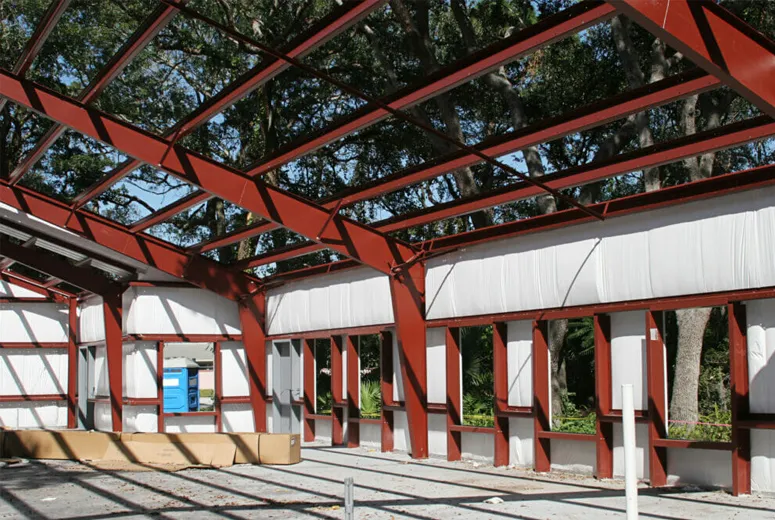- Afrikaans
- Albanian
- Amharic
- Arabic
- Armenian
- Azerbaijani
- Basque
- Belarusian
- Bengali
- Bosnian
- Bulgarian
- Catalan
- Cebuano
- Corsican
- Croatian
- Czech
- Danish
- Dutch
- English
- Esperanto
- Estonian
- Finnish
- French
- Frisian
- Galician
- Georgian
- German
- Greek
- Gujarati
- Haitian Creole
- hausa
- hawaiian
- Hebrew
- Hindi
- Miao
- Hungarian
- Icelandic
- igbo
- Indonesian
- irish
- Italian
- Japanese
- Javanese
- Kannada
- kazakh
- Khmer
- Rwandese
- Korean
- Kurdish
- Kyrgyz
- Lao
- Latin
- Latvian
- Lithuanian
- Luxembourgish
- Macedonian
- Malgashi
- Malay
- Malayalam
- Maltese
- Maori
- Marathi
- Mongolian
- Myanmar
- Nepali
- Norwegian
- Norwegian
- Occitan
- Pashto
- Persian
- Polish
- Portuguese
- Punjabi
- Romanian
- Russian
- Samoan
- Scottish Gaelic
- Serbian
- Sesotho
- Shona
- Sindhi
- Sinhala
- Slovak
- Slovenian
- Somali
- Spanish
- Sundanese
- Swahili
- Swedish
- Tagalog
- Tajik
- Tamil
- Tatar
- Telugu
- Thai
- Turkish
- Turkmen
- Ukrainian
- Urdu
- Uighur
- Uzbek
- Vietnamese
- Welsh
- Bantu
- Yiddish
- Yoruba
- Zulu
Nov . 11, 2024 16:23 Back to list
Building a Sustainable Farm A Blueprint for the Future
In recent years, the concept of sustainable farming has gained significant traction as the world grapples with the challenges of food security, climate change, and environmental degradation. Building a sustainable farm is not merely about maximizing productivity; it's about creating a harmonious ecosystem that benefits the land, the farmer, and the community. This article explores key principles and practices involved in constructing a successful sustainable farm.
Understanding Sustainable Farming
At its core, sustainable farming seeks to balance the need for food production with the preservation of ecological systems. Unlike conventional farming, which often relies heavily on chemical inputs and monocultures, sustainable agriculture prioritizes biodiversity, soil health, and renewable resources. The goal is to create a self-sustaining system that can thrive for generations without depleting the natural resources it depends upon.
Key Principles of Building a Sustainable Farm
1. Soil Health Healthy soil is the foundation of a productive farm. Building a sustainable farm begins with nurturing the soil by incorporating practices such as crop rotation, cover cropping, and organic fertilization. These methods improve soil structure, provide essential nutrients, and encourage beneficial microbial life.
2. Water Management Efficient water usage is crucial in sustainable farming. Implementing rainwater harvesting systems, drip irrigation, and soil moisture conservation techniques can help optimize water resources. Additionally, creating wetlands and ponds can enhance biodiversity while managing water runoff.
3. Biodiversity A diverse ecosystem is more resilient to pests and diseases. Introducing a variety of crops and integrating livestock can create a balanced farm environment. Polyculture, the practice of growing multiple crop species together, can lead to improved yields and reduced reliance on chemical pesticides.
4. Energy Efficiency Reducing energy consumption is vital for sustainability. Utilizing renewable energy sources, such as solar or wind power, can decrease a farm's carbon footprint. Additionally, energy-efficient machinery and practices can lead to cost savings in the long run.
5. Community Engagement Building a sustainable farm goes beyond the boundaries of the land. Connecting with the local community through farmers' markets, educational workshops, and volunteer programs fosters a sense of stewardship and encourages sustainable practices beyond the farm itself.
building farm

6. Permaculture Principles Permaculture is a design philosophy that utilizes the natural patterns and relationships in ecosystems to create self-sustaining agricultural systems. Incorporating permaculture principles can enhance biodiversity, optimize land use, and promote ecological balance.
Steps to Building a Sustainable Farm
1. Site Assessment Before starting, conduct a thorough assessment of the land. Analyze soil quality, water sources, topography, and existing ecosystems to understand the strengths and challenges of the site.
2. Planning and Design Create a comprehensive farm plan that integrates various elements such as crop selection, livestock management, and water conservation strategies. Utilizing principles of permaculture can guide the design process.
3. Implementation Gradually implement the design, starting with essential infrastructure such as fencing, irrigation systems, and soil amendments. Consider starting with a small area and expanding as you gain experience and confidence.
4. Monitoring and Adapting Sustainability is a dynamic process that requires ongoing monitoring and adaptation. Regularly assess the health of the soil, plants, and animals and be prepared to alter practices in response to changing conditions or challenges.
5. Educating and Inspiring Others Share knowledge and experiences with others interested in sustainable farming. Establishing mentorship relationships or offering workshops can inspire a new generation of farmers committed to sustainable practices.
Conclusion
Building a sustainable farm is a rewarding journey that requires careful planning, dedication, and a willingness to learn. By focusing on ecological health, community engagement, and innovative practices, farmers can create systems that not only produce food but also contribute to the health of the planet. As we face increasingly complex environmental challenges, the role of sustainable farming will be crucial in ensuring a resilient future for generations to come.
-
How Do Prefabricated Steel Structures Transform Modern Construction?
NewsJul.14,2025
-
How Do Prefabricated Metal Buildings Redefine Modern Construction?
NewsJul.14,2025
-
How Do Prefab Insulated Metal Buildings and Steel Structures Revolutionize Modern Construction?
NewsJul.14,2025
-
How Do Pre - Engineered Steel Structures Redefine Modern Construction?
NewsJul.14,2025
-
Advancing Modular Construction with Prefabricated Metal Structures
NewsJul.14,2025
-
Advancing Industrial Infrastructure with Prefabricated Steel Solutions
NewsJul.14,2025
Products categories
Our Latest News
We have a professional design team and an excellent production and construction team.












